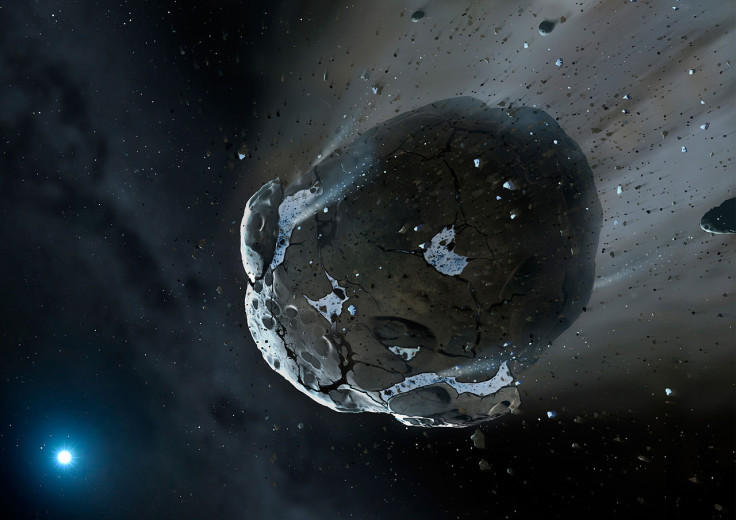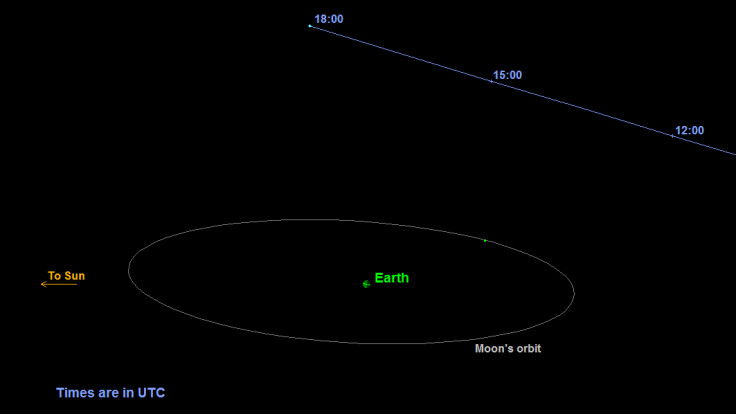1,300ft Halloween asteroid 2015 TB145 could be a comet, Nasa announces

The massive Halloween asteroid set to fly by Earth on 31 October might actually be "some type of comet", Nasa has said. The space agency said asteroid 2015 TB145's unusual orbit and extremely fast speed (travelling around 22 miles per second) suggests it could have been mislabelled by scientists across the world.
The difference between asteroids and comets is in their composition − asteroids are made of metals and rocks, while comets are ice, dust and rocky material.
The 2015 TB145 was discovered just three weeks before its expected close encounter with Earth, when it will come with 1.3 lunar distances (300,000 miles) of the planet. The next time an asteroid so big will come so close to Earth will be in 2027, when the 800m-wide 1999 AN10 will come within one lunar distance.
The discovery of the asteroid so close to its fly-by raised discussion about how few asteroids we currently know about. But at the same time it has presented space agencies with an opportunity to study it – with experts saying they will be able to observe the asteroid in "unprecedented levels of detail".

Nasa will be tracking the Halloween asteroid from the Deep Space Network at Goldstone complex in California. Lance Benner of JPL, who leads Nasa's asteroid radar research programme, said: "The close approach of 2015 TB145 at about 1.3 times the distance of the moon's orbit, coupled with its size, suggests it will be one of the best asteroids for radar imaging we'll see for several years. We plan to test a new capability to obtain radar images with two-metre resolution for the first time and hope to see unprecedented levels of detail."
Scientists will use the 110ft DDS 13 antenna to bounce radio waves off the asteroid. The radar echoes will then be collected by the National Radio Astronomy Observatory's Green Bank Telescope in West Virginia. From their observations, they should be able to get radar images at a resolution of around two metres per pixel. This will allow scientists to have a close look at the asteroid's features, shape and dimensions and decide whether it is, indeed, an asteroid or has the different composition of a comet.
Benner said: "The asteroid's orbit is very oblong with a high inclination to below the plane of the solar system. Such a unique orbit, along with its high encounter velocity − about 35 kilometres or 22 miles per second − raises the question of whether it may be some type of comet. If so, then this would be the first time that the Goldstone radar has imaged a comet from such a close distance."
Nasa also reiterated that there is no chance the asteroid (or maybe comet) will hit Earth, adding it will have no detectable effect on the moon, our tides or tectonic plates.
© Copyright IBTimes 2024. All rights reserved.






